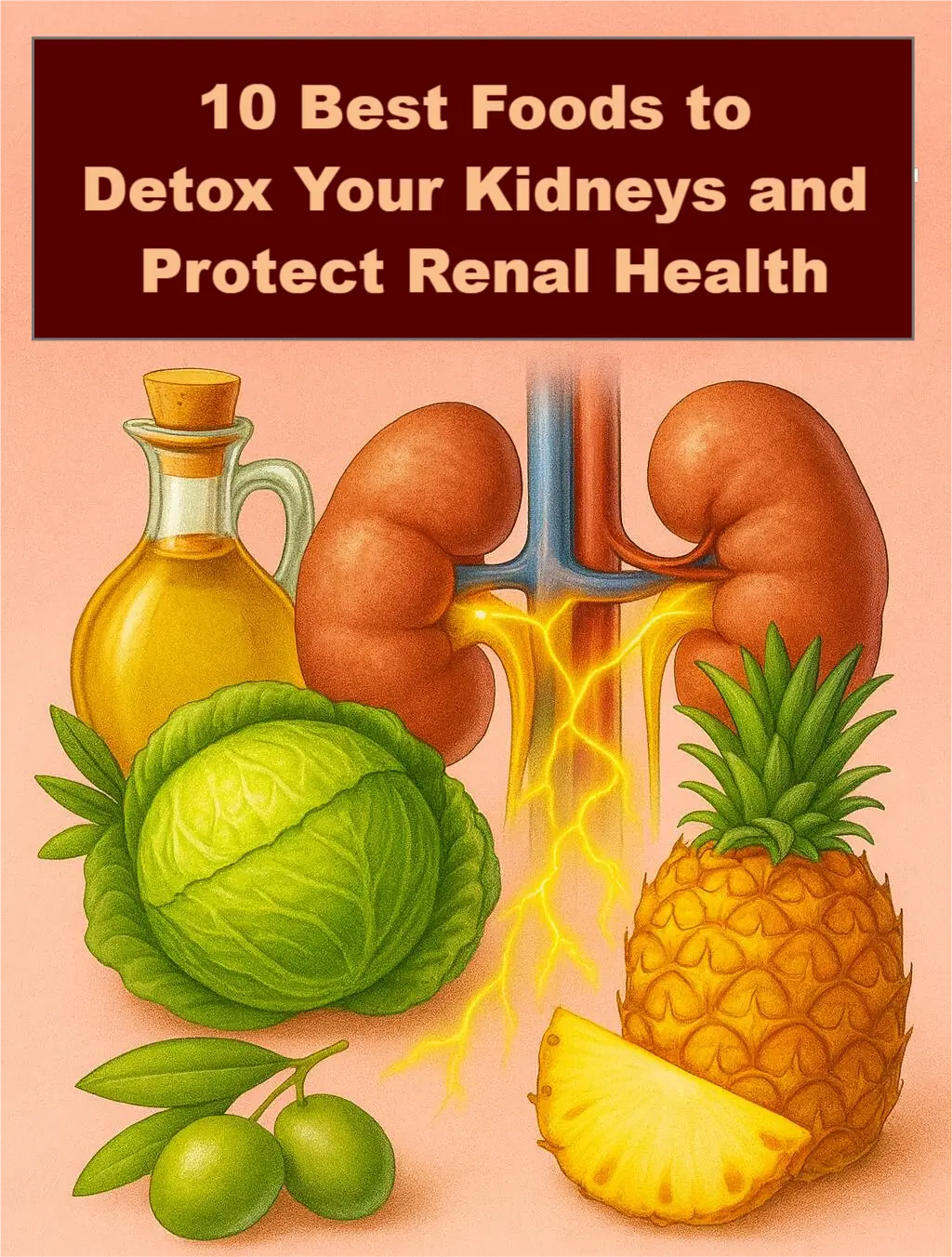
The Hidden Health Risks of 4 Foods You Thought Were Clean

We all love food that looks fresh, colorful, and Instagram-worthy — whether it’s a glossy fruit bowl, a soft-boiled egg with a golden center, or slices of delicate sashimi arranged like artwork. But here’s the uncomfortable truth: looking clean doesn’t always mean safe.
In fact, some of the foods that appear the healthiest and most appealing can quietly harbor harmful bacteria, parasites, or contaminants that cause food poisoning, digestive issues, or long-term health complications.
Let’s dive into four common foods that seem innocent — but could be putting your health at risk without you realizing it.
1. Soft-Boiled Eggs: Comforting, But Risky
There’s something undeniably soothing about a soft-boiled egg — warm, velvety, and comforting. But that runny, golden yolk might come with hidden dangers.
What’s the risk?
Soft-boiled eggs often do not reach the internal temperature (above 70°C) needed to kill Salmonella. In fact, runny yolks typically stay under 60°C — which creates ideal conditions for bacteria to survive.
Eating one undercooked egg may not make you sick, but regularly consuming them increases the risk, especially for:
-
Children
-
Seniors
-
Pregnant individuals
-
People with weakened immune systems
Possible symptoms:
-
Nausea
-
Vomiting
-
Stomach cramps
-
Diarrhea
-
Fever in severe cases
👉 Safer option: Choose fully cooked eggs where both the whites and yolks are firm. If you’re in a higher-risk group, avoid runny eggs entirely — no matter how tempting they look.
2. Pre-Cut Fruit: Convenient, but Not Always Clean
Those neatly arranged fruit cups at grocery stores look vibrant, fresh, and convenient. But that convenience hides some surprising risks.
What’s the risk?
Pre-cut fruit has been found to contain elevated levels of E. coli, sometimes exceeding safe limits by over 40%.
Contamination can occur at many stages:
-
During slicing (from unclean knives or cutting boards)
-
During transport or storage, especially if not kept cold
-
Through handling by multiple people before packaging
Because fruit has high water content and no protective outer layer once cut, it becomes a perfect environment for bacterial growth.
👉 Safer option: Buy whole fruit and cut it yourself. It only takes a few minutes and dramatically reduces your exposure to contamination.
3. Soy-Marinated Seafood: Viral Trend, Real Risk
This trendy dish has gone viral — glossy raw fish drenched in soy sauce, sesame oil, and spices. Beautiful to look at, delicious to eat. But the aesthetic appeal hides serious food safety risks.
What’s the risk?
Soy-marinated seafood is still raw, meaning it can contain:
-
Bacteria such as Vibrio, Listeria, and Salmonella
-
Parasites, including liver or lung flukes
-
Histamine buildup, which can mimic allergic reactions (flushing, dizziness, nausea)
The biggest misconception?
Soy sauce adds flavor — but it does NOT kill bacteria or parasites.
Marinating raw fish at room temperature for even a short time increases bacterial growth, especially if the seafood wasn’t fresh to begin with.
👉 Safer option: Cook your seafood thoroughly. If you do enjoy raw or marinated fish, only buy from reputable vendors and eat it immediately instead of letting it sit.
4. Sashimi: Simple, Elegant — and Potentially Hazardous
Sashimi is a beloved staple of Japanese cuisine. Clean, minimalist, refreshing — a true celebration of pure flavor. But that freshness comes with inherent risks if the fish isn’t handled with extreme care.
What’s the risk?
Raw fish can contain parasite larvae, especially Anisakis, which can burrow into the digestive tract and cause:
-
Sharp abdominal pain
-
Vomiting
-
Allergic reactions
-
Gastrointestinal inflammation
And no — soy sauce and wasabi don’t kill parasites or bacteria.
Warning signs your sashimi might be unsafe:
-
White streaks or unusual discoloration
-
A sour or overly “fishy” smell
-
Fish that looks mushy or dull
-
Served in questionable, low-hygiene settings
👉 Safer option: Eat sashimi only at reputable restaurants that follow strict safety standards and use certified raw-grade fish.
Food Safety 101: Protect Yourself Without Fear
A dish may look clean, fresh, and appealing — yet still harbor invisible dangers. To enjoy your meals while protecting your health, stick to these fundamental practices:
-
Wash all fruits and vegetables under running water
-
Cook foods to their recommended internal temperatures
-
Store perishables properly and check expiration dates
-
Wash your hands before and after preparing food
-
Avoid cross-contamination between raw and cooked foods
-
Keep cold foods cold and hot foods hot
And above all: listen to your body.
If you develop symptoms like nausea, stomach pain, vomiting, or diarrhea, don’t ignore them. Seek medical attention if symptoms persist or worsen — especially if dehydration sets in.
Final Thoughts: Eat Smart, Not Scared
Food is one of life’s greatest pleasures. With just a bit of knowledge and awareness, you can enjoy everything you love without unnecessary risk. You don’t have to eliminate trendy foods or favorite dishes — simply approach them mindfully.
So next time you’re tempted by something picture-perfect, ask yourself:
“Is this as safe as it looks?”
Because your meals should not only be beautiful — they should nourish, protect, and support your health, too.
News in the same category


The Power of Clove Steam Inhalation (Respiratory Relief You Can Feel Immediately)

Popular blood pressure drug linked to increased cardiac arrest risk

Powerful Health Benefits of Pineapple You Should Know
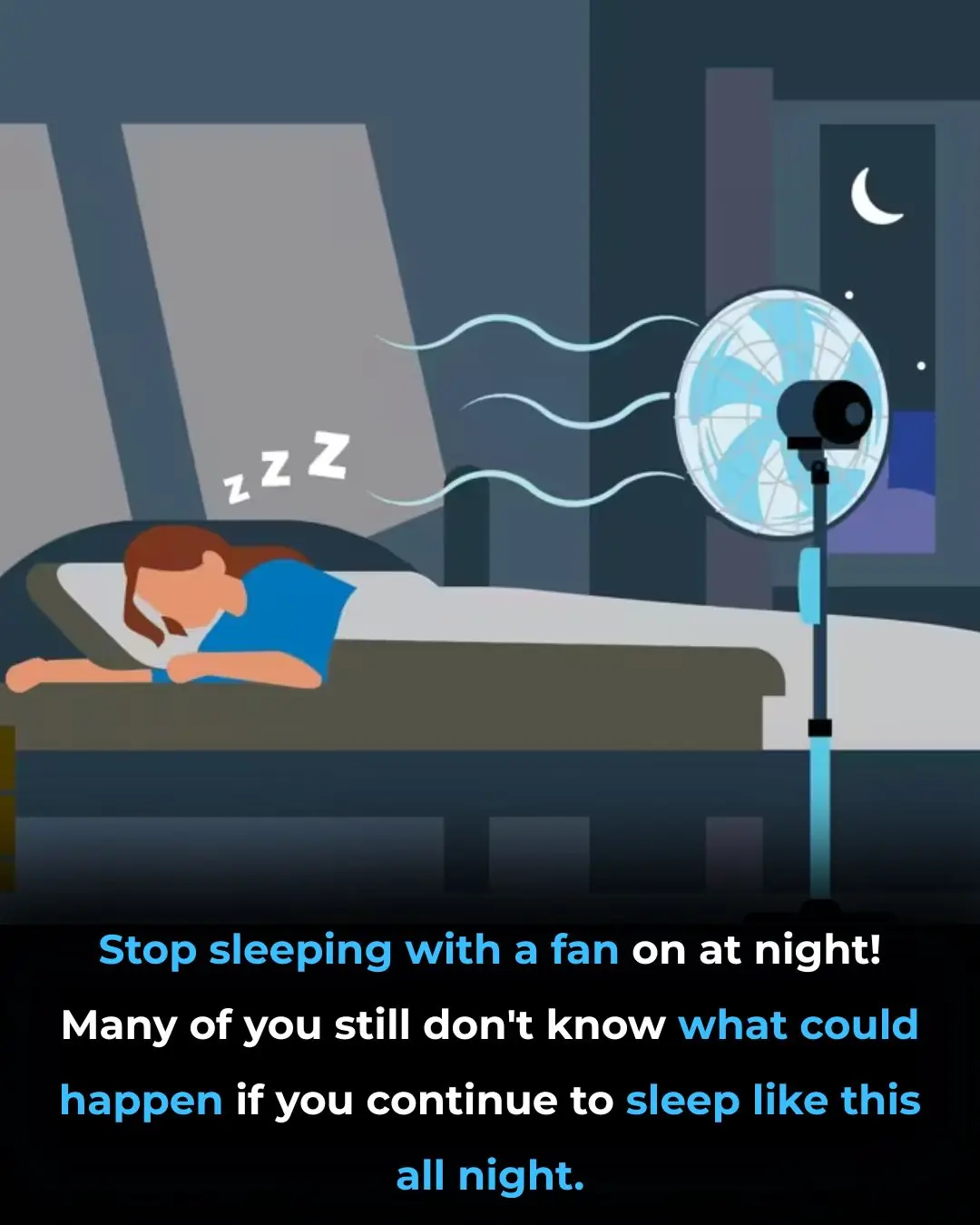
The Surprising Health Benefits of Sleeping in a Cold Room
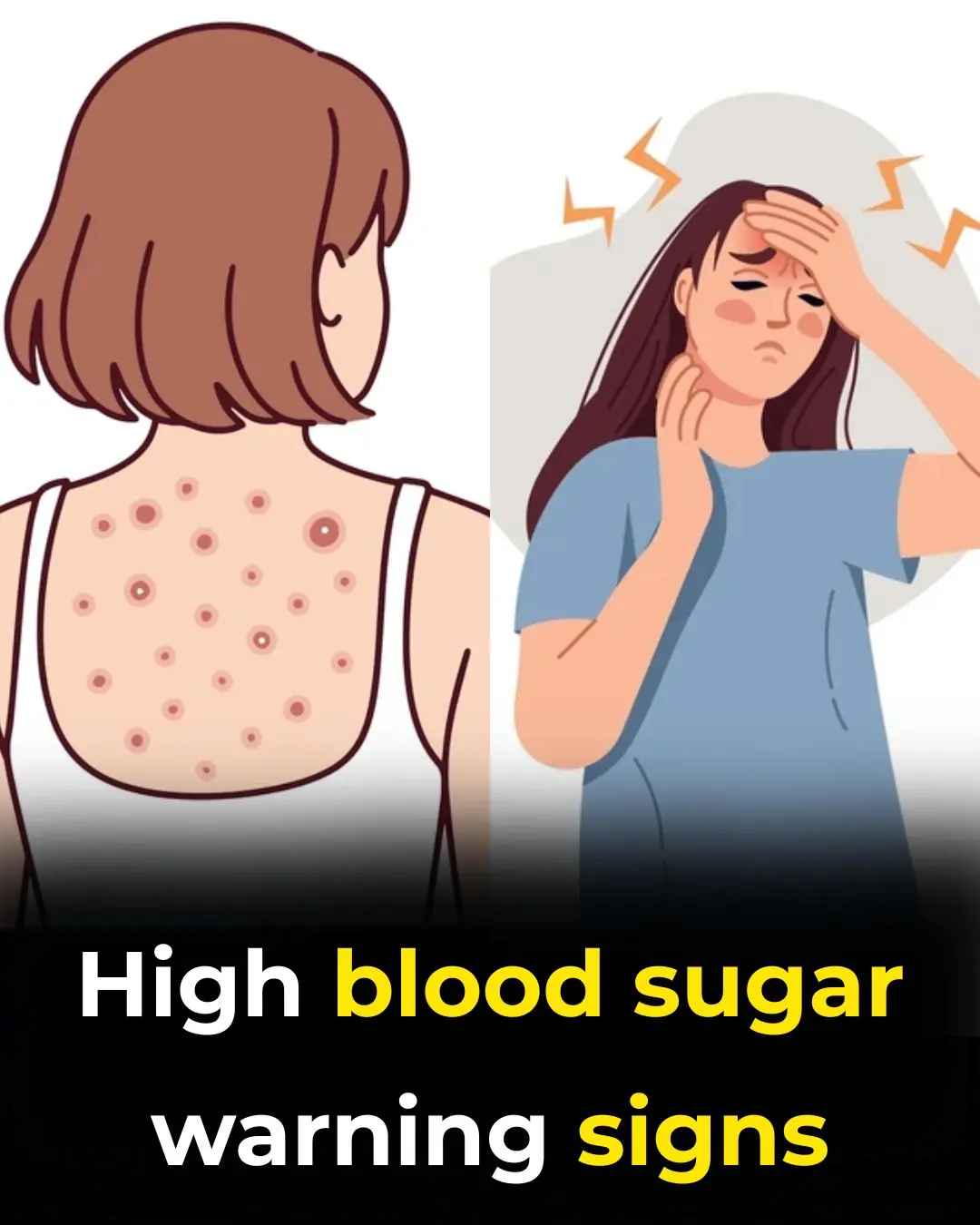
High Blood Sugar Warning Signs

🥚 A Look at How Certain Boiled Egg Habits May Affect Your Heart Health

🌿 Clove Water Sitz Baths for Women: A Gentle Guide to Hygiene and Comfort
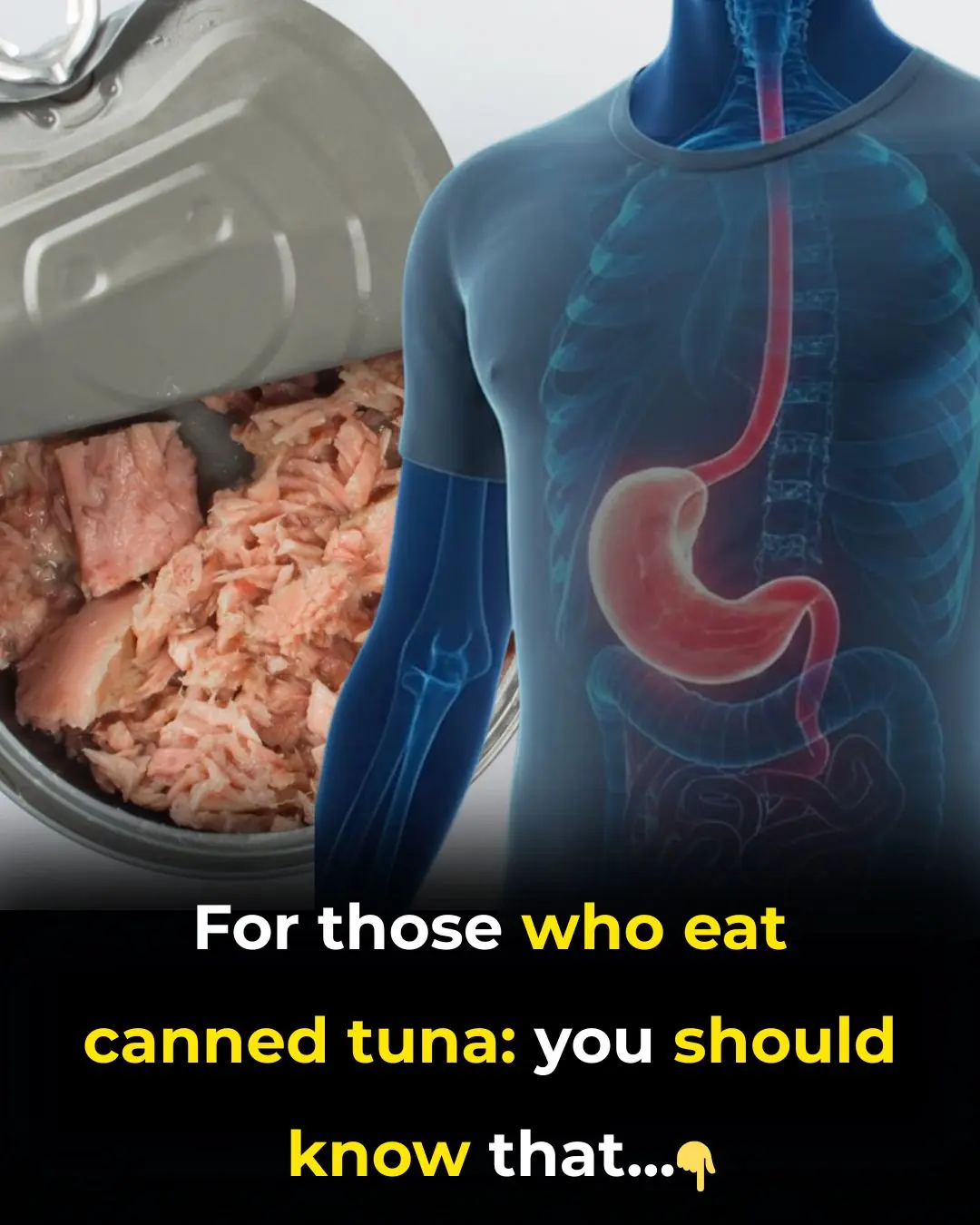
What Happens to Your Body When You Eat Canned Tuna Every Day
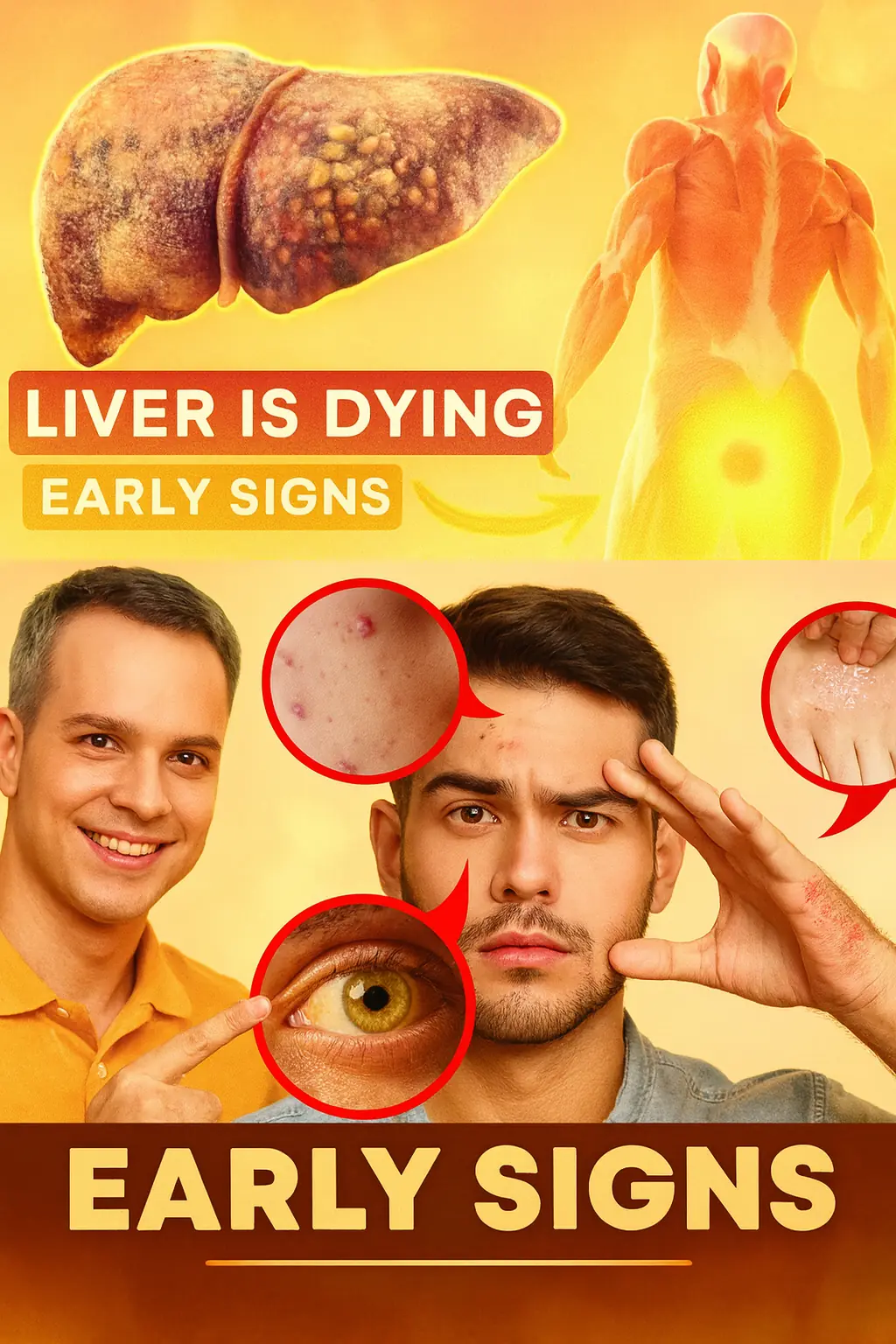
17 Warning Signs Your Liver Is Crying for Help

How to Support Your Kidneys Naturally Using 1 Teaspoon of Baking Soda
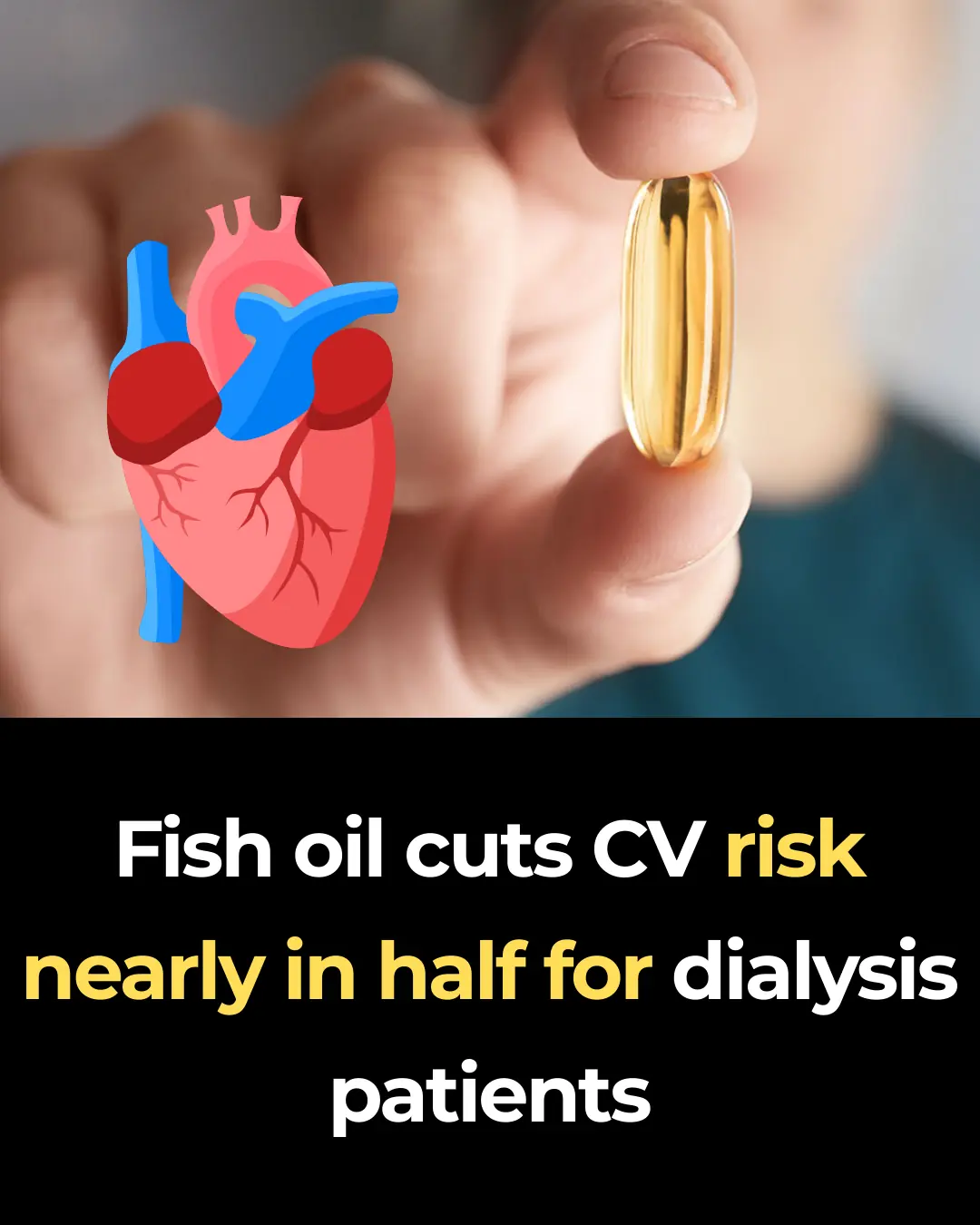
Fish oil cuts CV risk nearly in half for dialysis patients

The hidden heart danger doctors say is more common in people with diabetes

The surprising power of 4 seeds to repair your nerves naturally
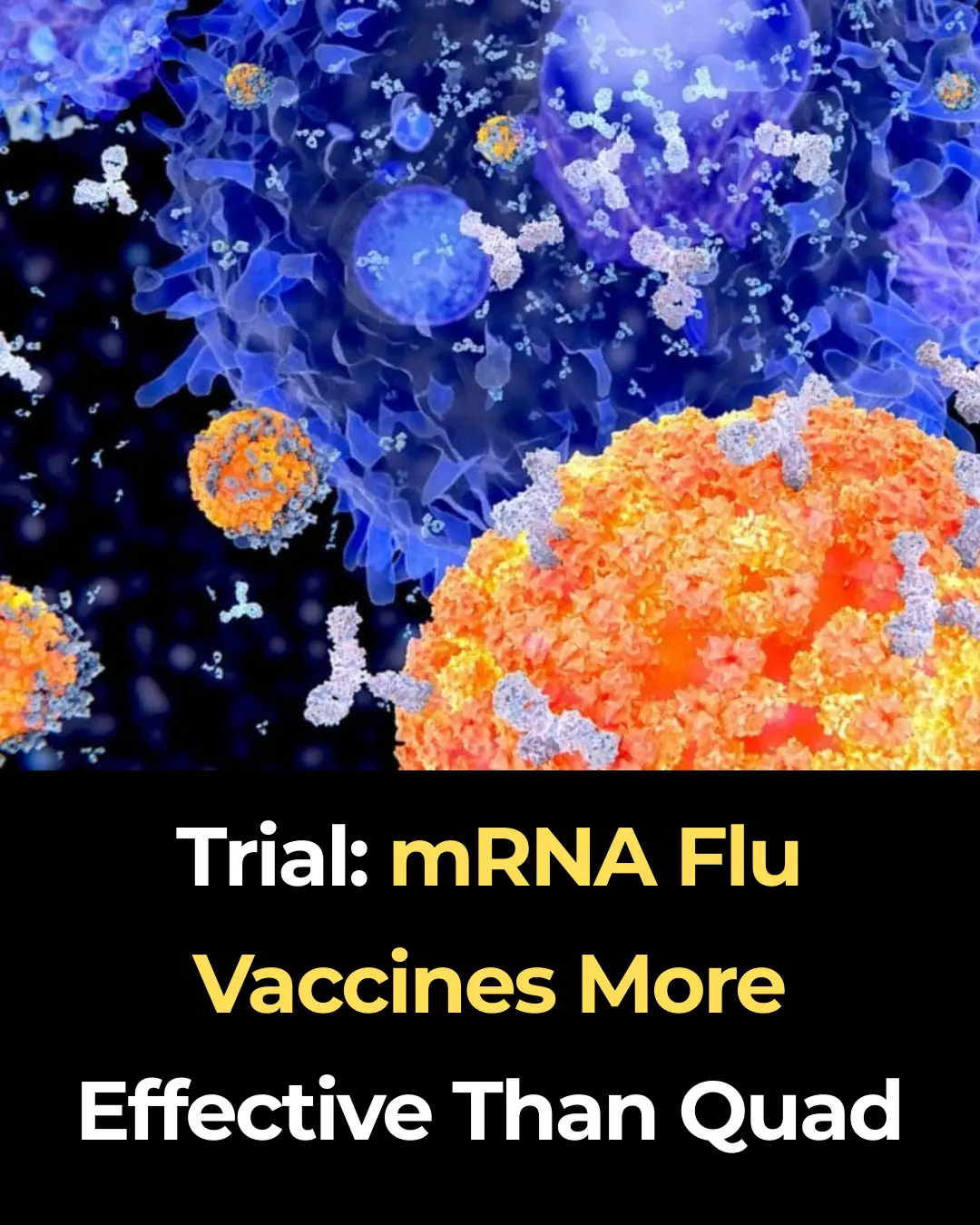
Trial: mRNA Flu Vaccines More Effective Than Quad

3 Miracle Herbs to Instantly Lower Blood Pressure & Clear Arteries Naturally
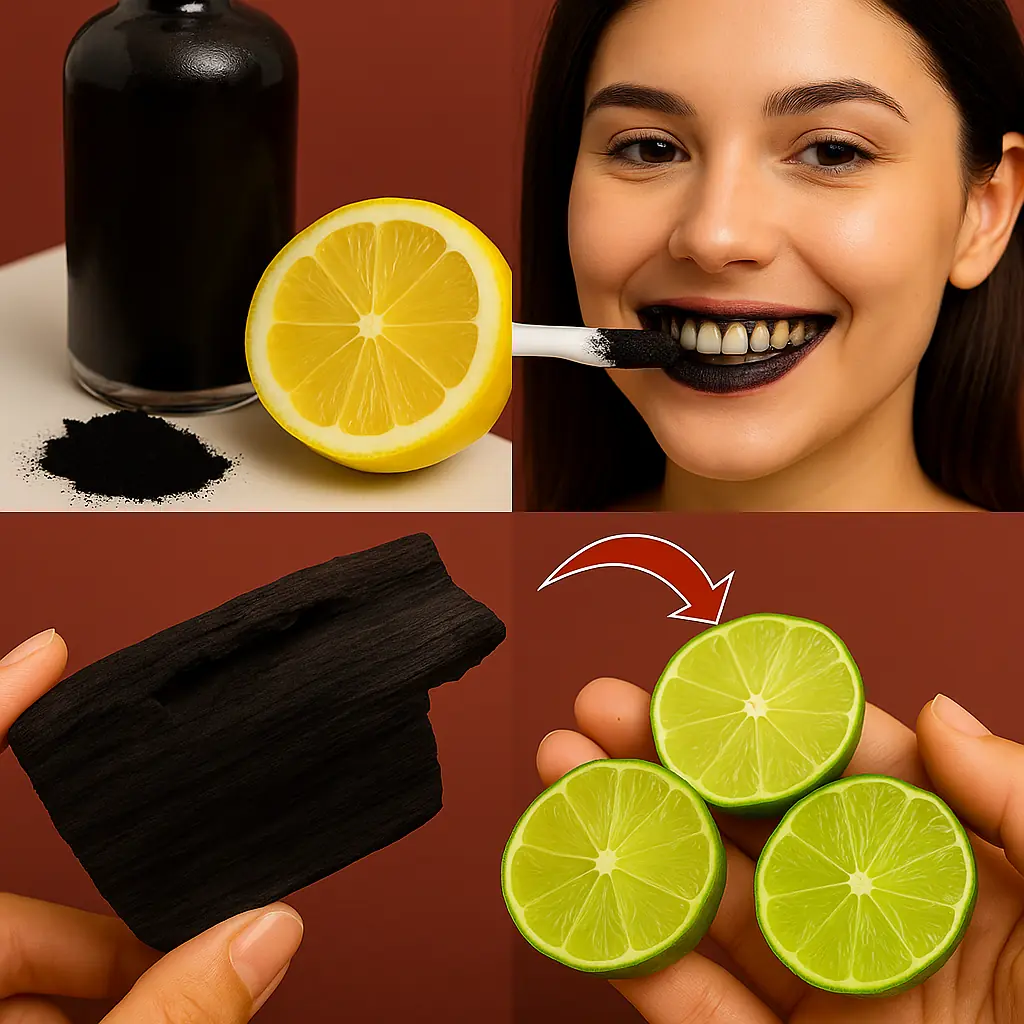
The Surprising Uses of Lemon and Charcoal: A Natural Mix That May Change Your Daily Routine

The Green Bell Pepper Hair Growth Secret You NEED to Know

Eating eggs every day can help you live longer

3 Miracle Herbs to Instantly Lower Blood Pressure & Clear Arteries Naturally
News Post

What You See First in This Optical Illusion Reveals A Lot

Why Your Dog Stares at You

10 Best Foods to Detox Your Kidneys and Protect Renal Health

Honeybee Venom Can Destroy Breast Cancer Cells in Under an Hour — A Breakthrough That Could Transform Modern Medicine

Love Can Literally Make Your Body Crave More Sleep — Here’s the Science Behind It

A Revolutionary German Gel May Repair Joints Naturally—Potentially Eliminating the Need for Surgery

The Power of Clove Steam Inhalation (Respiratory Relief You Can Feel Immediately)

Peter Tabichi: The Kenyan Teacher Who Became the World's Best by Inspiring Change and Giving Back

Reducing Meat Consumption by 90%: A Critical Step to Combat Climate Change and Ensure Global Sustainability
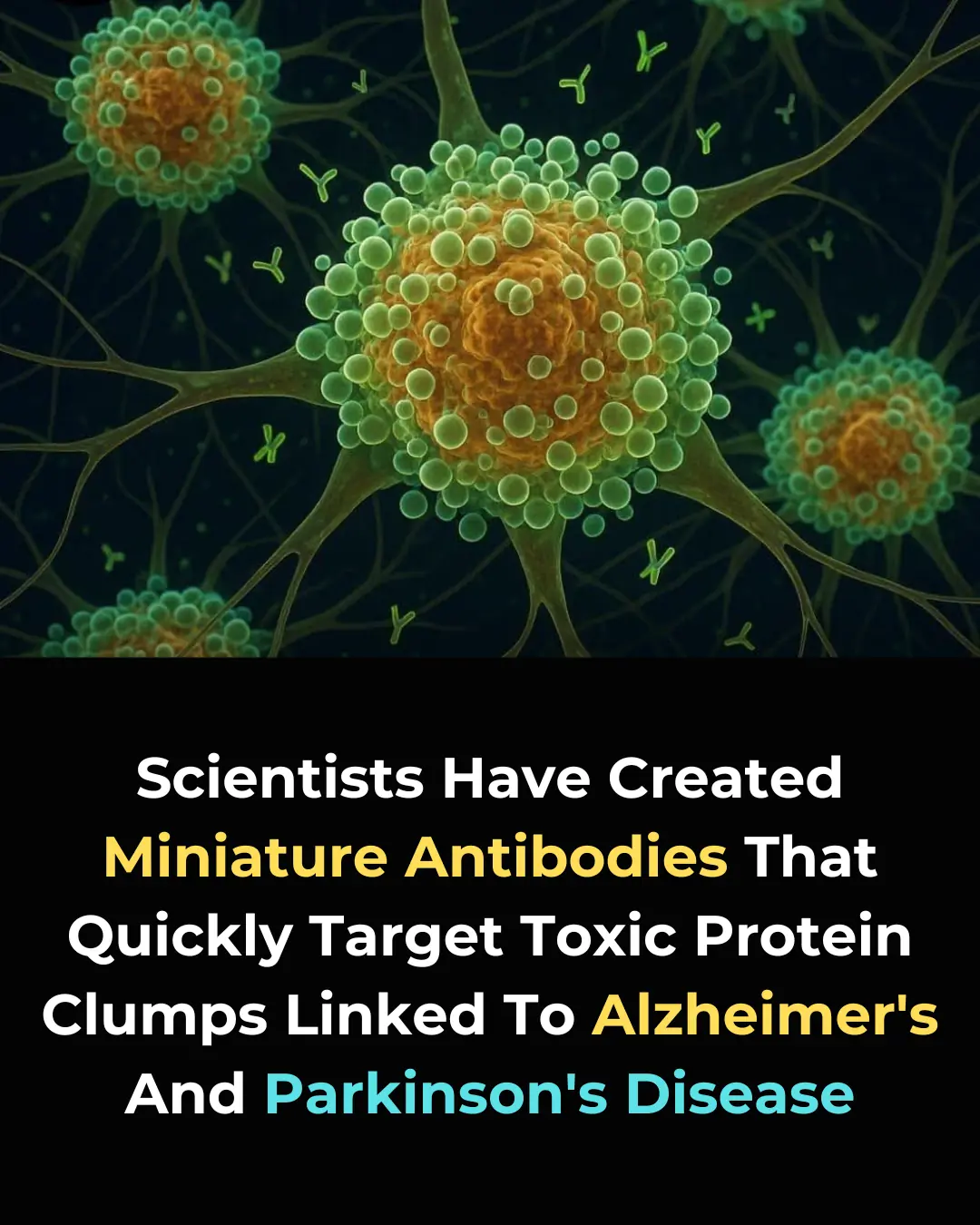
Revolutionary Nanobodies Offer New Hope for Alzheimer’s and Parkinson’s Disease Treatment

Gray Wolves: The Remarkable Lifelong Bond Between Mates and Their Role in Pack Survival

Sebastian Errazuriz’s Robotic Dogs: A Satirical Commentary on Tech Billionaires and the NFT Market

Voyager Spacecraft: A 40-Year-Old Marvel of Engineering Exploring Interstellar Space

Popular blood pressure drug linked to increased cardiac arrest risk

How the U.S. Escaped Hurricane Landfalls in 2025

Ancient Shark Fossils Unearthed in Mammoth Cave Rewrite 325 Million Years of Evolutionary History

Powerful Health Benefits of Pineapple You Should Know

How an Italian Police Lamborghini Huracán Helped Save Lives by Delivering Kidneys Across Italy
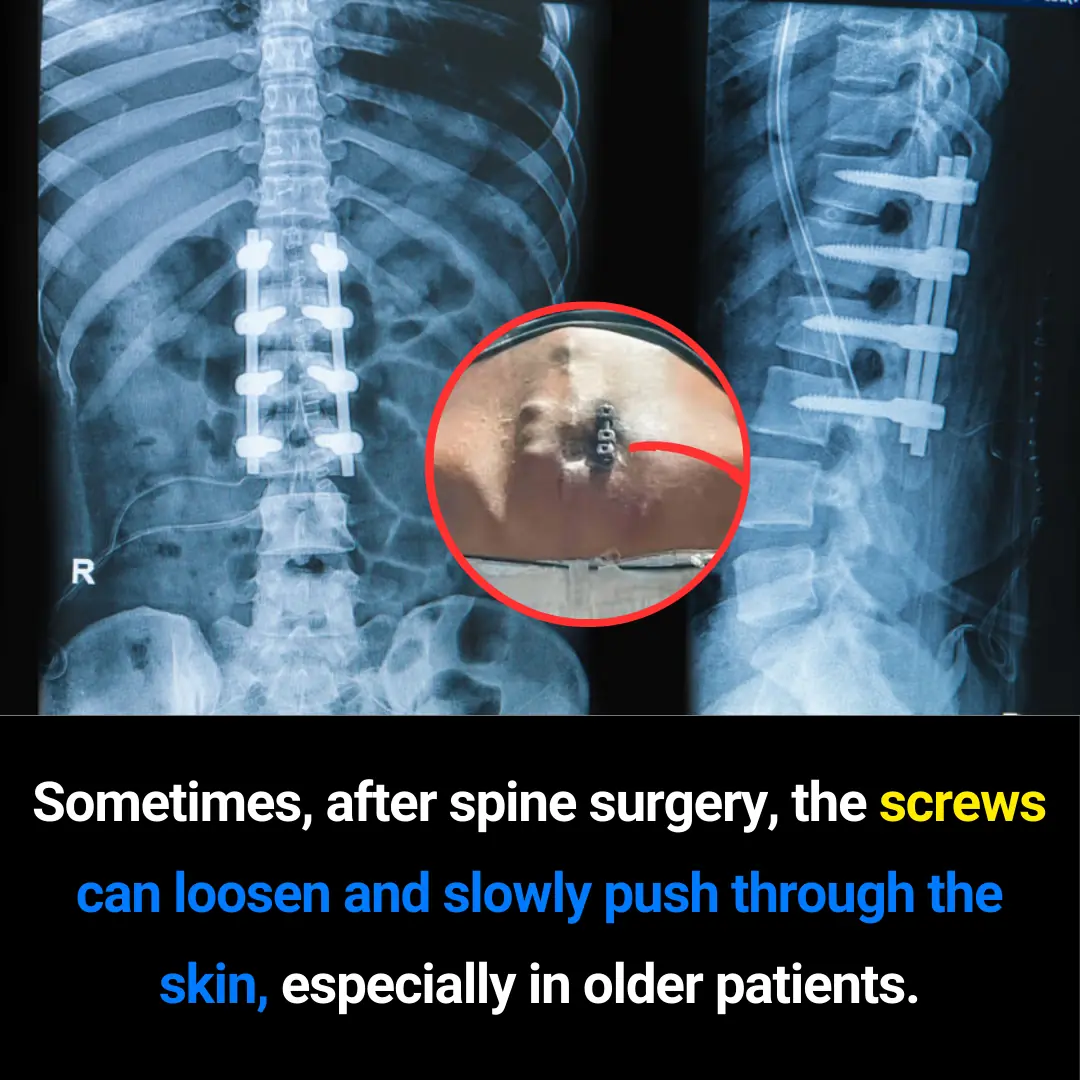
Can Spinal Screws Push Through the Skin? Understanding a Rare but Serious Post-Surgery Complication
